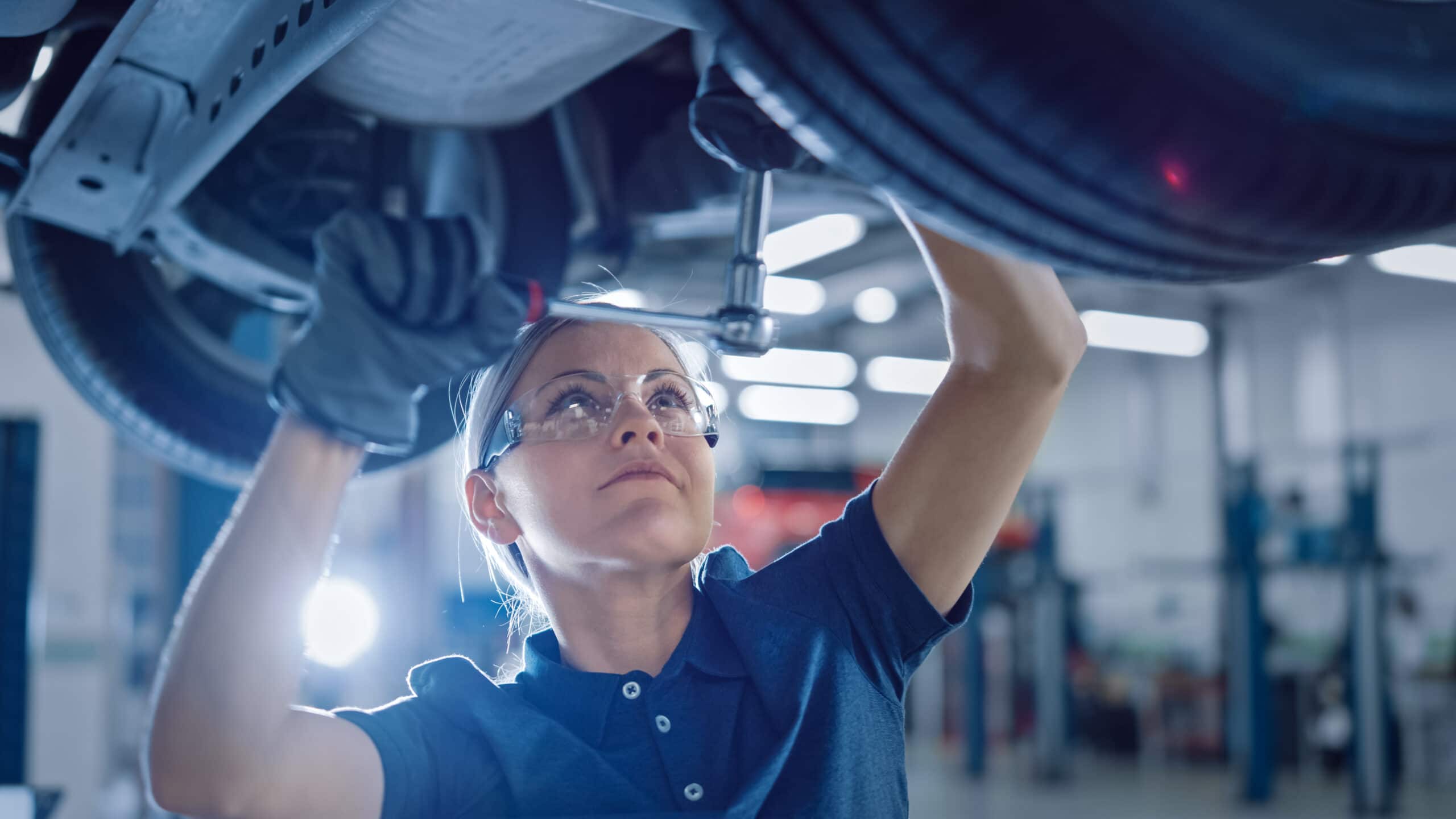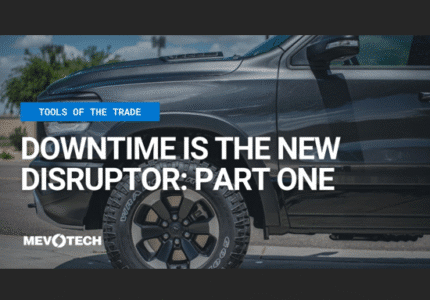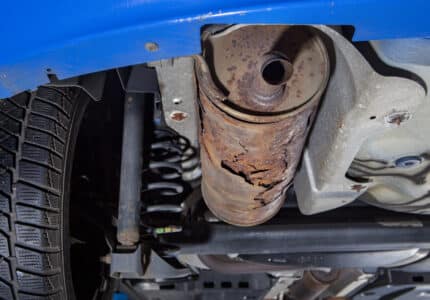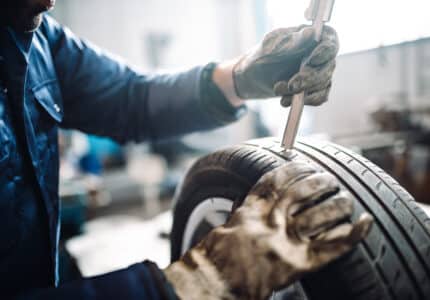COMMON COMEBACKS: WHAT HAPPENS WHEN PARTS ARE INSTALLED INCORRECTLY
Installing the right part the wrong way can cause customers to return, unhappily, for a re-fit/repair. Some of the main reasons why customers come back include drivability issues, creaking or squeaking noises, premature failure of components, irregular tire wear and wheel alignment issues.
We often hear of the same avoidable mistakes being made as a result of improper installation techniques. In our on-demand webinar, our experts discuss how to avoid the most common causes of comebacks.
HOW TO AVOID COMMON COMEBACKS
Conduct Pre-Repair Inspections
Inspect and identify problems that could result in a comeback. Check all areas for damage, and look for a proper interference fit on anything that gets pressed-in.
Note Part Position Prior to Disassembly
Mark and index the position of parts that require replacement in a particular orientation, position, direction or length, such as cam bolts, directional ball joints, tie rod ends, bushing voids and torsion bars.
Remove Components Carefully
Take care not to damage surrounding areas when removing a worn part from the vehicle, as mistakes made here can be costly. Use the appropriate tools to ensure a safe and effective repair.
Clean and Prepare for Installation
Clean all corrosion and dirt from dust boot sealing areas, ball joint press-in recesses, bushing mounting brackets and fastener contact areas. Make sure all mating areas are as close to new as possible.
Use the Correct Replacement Parts and Tools
Compare dimensional points on the replacement part to the part being replaced. Parts may be different in appearance, but the critical points must match up. When it comes to tools, always use the correct cup adapters in the right placement for press-in ball joints or use the Installation Adapters that come with some TTX™ ball joints. Take care when installing dust boots and avoid using sharp or ill-fitting objects as installation tools. Better still, use the Bootstaller tool that comes with Mevotech ball joints to ensure a trouble-free repair.
Ensure Proper Fastening
Always tighten fasteners to proper specifications using a torque wrench, not an impact driver. Avoid over-torquing, which can break or strip the fastener and damage the component being installed. Over-torquing can also lead to changes in suspension geometry and clearance issues on parts with tapered attachments.
Avoid Bushing Pre-Load
When bushings are tightened with the suspension components outside of their static position at ride height, they twist and are forced to operate outside of their designed limits, becoming damaged or failing prematurely. To prevent bushing pre-load, control arm bolts need to be torqued with the control arm raised to the correct ride height of the vehicle (not at full extension on the hoist). This results in the correct amount of torque being applied to the bushings as the control arm moves up and down.
Do Not Overfill Boots
Always clean grease fittings before attaching the grease gun coupler. Add grease slowly with a hand pump grease gun (not a pneumatic or an electric gun) until the boot swells slightly, without ballooning out. Overfilling may cause the boot to rupture or rub against other components and fail prematurely.
Summary
Overall, it’s a good idea to speak to customers about coming to you as soon as they suspect a problem – before any issues progress. To learn how to avoid comebacks and customer dissatisfaction, watch our webinar, Common Comebacks: What Happens When Parts Are Installed Incorrectly.




